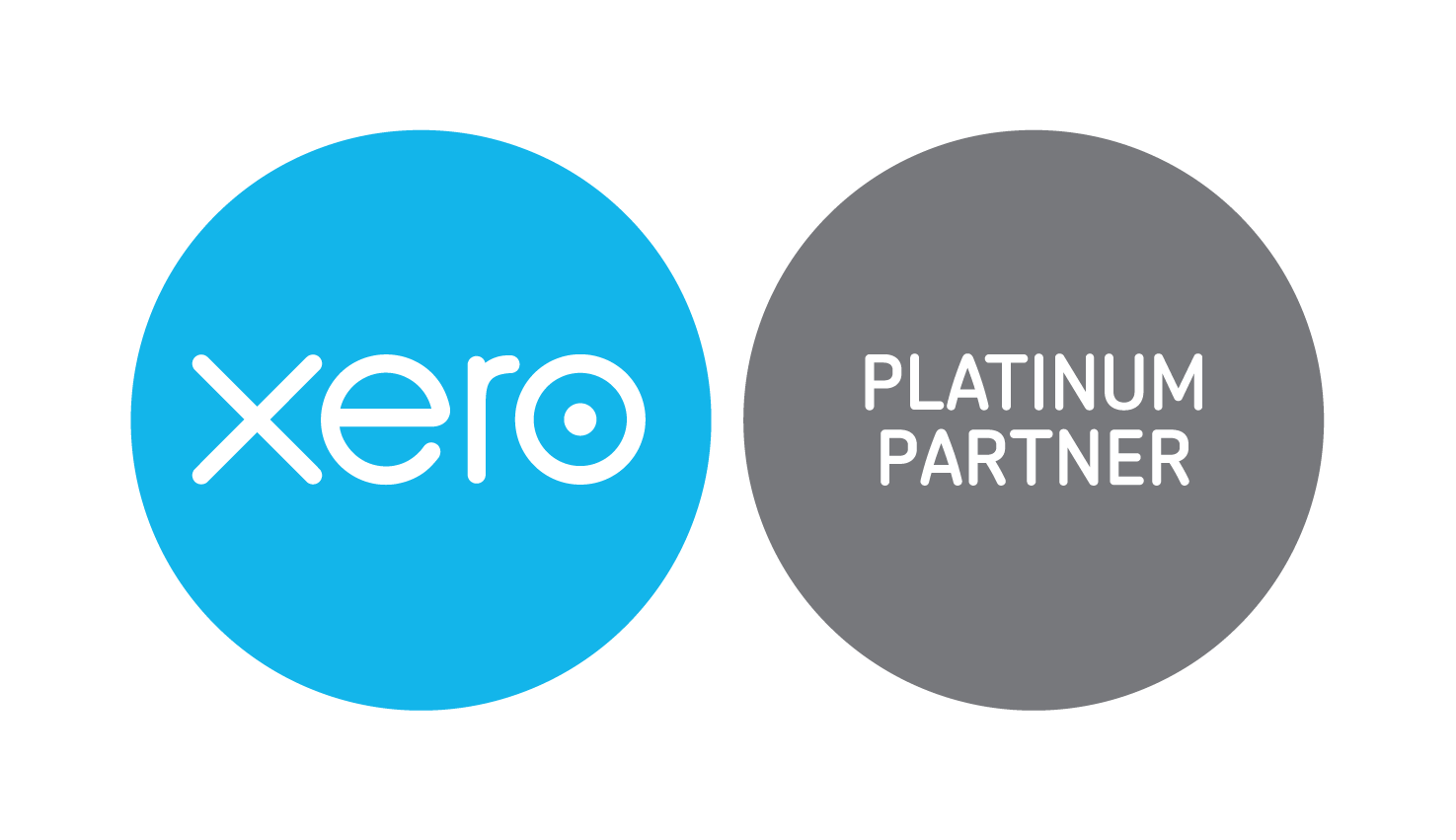Firstly, let’s look at what a “self-managed super fund” (SMSF) is before we get into how to go about your SMSF setup.
A self-managed super fund (SMSF) is a privately held super fund that is managed by its trustees. When it comes to setting up a SMSF, there are important factors to get right. It’s worth looking for the assistance of a SMSF accountant to guide you through the setup process.
Operating an SMSF is a lot of work and comes with a significant responsibility. With a self managed fund, you’re essentially responsible for your retirement savings and therefore the government (largely through the ATO and ASIC) quite rightly has a strong interest in ensuring that your super is being well run, is compliant and can actually provide for you when you reach retirement age.
SMSF Setup Costs
Establishing a SMSF comes with its own fees. You can choose to work with an online SMSF setup provider but you typically get what you pay for. While the fees may be low they generally don’t offer you advice, in-depth knowledge or an actual person to talk to about your specific financial reality and goals. For a decision as big as where your retirement funds should be invested, it’s worth talking with an experienced SMSF accountant, face to face.
When it comes to fees, keep in mind that SMSFs also come with running costs such as audits, financial statements, tax returns, financial planning fees and investment fees. While the setup costs for an SMSF can be high, some of these are tax deductible.
Steps to set up a SMSF
Let’s take a look at the steps involved in establishing a self managed super fund.
1. Is setting up a SMSF a good idea?
Start by deciding if a SMSF is a wise decision for your personal situation. It’s not the right retirement vehicle for everyone. If you don’t have a decent amount already saved in your super and don’t have the time, expertise or interest to pay attention to your SMSF’s performance, it may be better to avoid this route.
It’s also important to seek financial advice as potentially a good planner can get the outcome you want without the burden of SMSF administration.
2. Create an investment strategy
Part of Step 1 will be considering your SMSF investment options so it makes sense that Step 2 is to create your investment strategy. This is a formal document that goes hand-in-hand with your trust deed to dictate how the trustees are to invest your funds.
You may choose to set up a SMSF because of the flexibility it offers to manage your own retirement investments, but be aware that you can’t simply invest your SMSF resources wherever you like. There are strict rules that govern the type of assets and instruments that SMSFs can invest in. A SMSF can also only invest in assets that are clearly stated in this governing investment strategy, so make sure you’ve given that some thought before you create yours.
The point of going through the hassle of setting up your own SMSF is that it performs better in the long run than a standard fund. When you’re creating your investment strategy, consider your goals, timeline, the performance of your investment options over the last five years, current marketing conditions and future projections.
3. Trustees
A key part of setting up a SMSF is choosing your trustees. The trustees are responsible for managing your super and taking decisions on behalf of the members. Your SMSF must have at least one trustee and can either be an individual or a corporate trustee. In order to be a trustee you must meet the criteria set out by the ATO.
Some of the key documents you’ll need include your trust deed, an ATO trustee declaration and a consent to act form. We can help you with this important stage.
Typically a husband and wife SMSF will have a corporate trustee with both husband and wife being directors and shareholders of the trustee company but it’s important to discuss with your advisor the best arrangement for you.
4. Register your SMSF
Once you have your deed and investment strategy it’s time to register your SMSF with the ATO. You can also obtain your Tax File Number (TFN) and Australian Business Number (ABN).
5. Setup a SMSF bank account
The next step in your SMSF setup process is to open a separate bank account purely for your Self Managed Super Fund. You should rollover your existing super into this account and all future contributions into your super must go into your new SMSF bank account.
6. Annual reporting
A key difference between a SMSF and a standard super fund is that all the compliance and reporting requirements become your responsibility.
You’ll need to ensure that your SMSF trustees prepare annual financial statements, income tax returns, conduct an annual audit and adhere to changing regulatory requirements. At this stage you should consult the services of an expert SMSF accountant to ensure you avoid issues with the ATO and ASIC.

Benefits of setting up a SMSF
Some of the main benefits of creating your own SMSF are:
- Investment control.
You decide where, when and how your retirement funds are invested. - Investment flexibility.
You can choose from a wider range of assets and instruments to invest in, than traditional funds offer. Your SMSF could potentially invest in property, crypto, shares, etc. - Greater retirement savings.
The main reason for setting up a SMSF is to maximise your retirement fund. With greater investment control and flexibility and proper fund management you should be able to grow a greater retirement fund for yourself. - Tax benefits.
There are tax concessions that you as an individual, as well as your SMSF, can take advantage of. Speak to us about your situation to see what tax benefits are available to you. - Future generations.
SMSFs offer greater protection over assets to ensure successful estate planning after members pass on.
Setup for success
A self-managed super fund (SMSF) setup may sound complex but the rewards can be very worthwhile. Switching to a SMSF gives you more choice and flexibility to decide where and how you wish to invest your retirement funds. With the right investment strategy and proper management, a SMSF can help you grow a much healthier retirement fund.
But setting up a SMSF correctly does require industry knowledge, and since these funds are to ensure a comfortable retirement, it’s worth speaking to a professional before trying to establish a SMSF on your own.
creditte chartered accountants & advisors can walk you through the entire SMSF setup process and support you afterwards with ongoing SMSF accounting services.
Ready to get started with your SMSF setup? Chat to us and get the ball rolling
FAQs
How long does it take to setup a SMSF?
Once you consider advice, establishment, rollovers,etc. it usually takes between 2 – 4 weeks to complete a SMSF setup. The biggest waiting period is the rollover of funds into an SMSF. Generally the set up can be done in a matter of 24 hours.
Can you combine a husband and wife in SMSF?
Yes, both can be SMSF members. In fact, most Australian SMSFs are made up of a husband and wife as members/trustees.
How many members can a SMSF have?
In your SMSF you can have no more than six members.
Is it better to put money in super or savings?
Saving into your retirement account has a number of advantages, depending on whether it is a short-term savings goal or if you have some extra cash to spare. The biggest benefit is the lower tax rate, and you can save even more on taxes by making extra payments from your before-tax salary – known as salary sacrificed or concessional contributions.
Saving in a regular bank account means earning fixed-rate interest rather than growing your savings faster through an SMSF.
Remember that you should only save into your super if you already have some funds set aside for a rainy day and you can comfortably afford to save the funds for long-term investment.
What is a good return for a superfund?
Your return is very much determined by your investment strategy; therefore, it is always good to consult with a professional, weigh up all the pros and cons, and find the best possible strategy for you.
The risks and responsibilities of SMSFs:
As a member of a SMSF, you are a trustee of the fund, and you are responsible for the fund’s decisions and complying with the law.
Since you are personally responsible for the fund’s legal and financial obligations, you would need to keep up with the changes in superannuation and tax laws, review your SMSF setup and investment strategy, keep records, handle accounting admin, and arrange for an audit each year by an approved SMSF auditor.
This is where the assistance of an expert SMSF accountant comes in handy. Our expert SMSF team is ready to assist you in all SMSF matters, from setup to administration, and to develop an investment strategy that matches your risk profile and long-term goals. Plus, you’ll get the accounting, tax, and other support you need to stay compliant with the ATO and ASIC.





